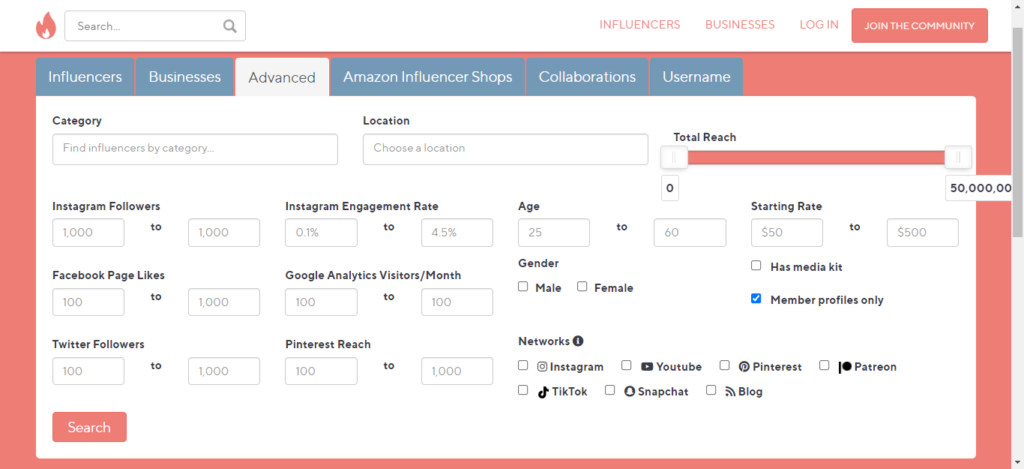Disclosure: This post may contain affiliate links. Purchasing a product through one of these links generates a commission for us at no additional expense to you.
Attracting more visitors will increase your conversion and sales opportunities.
The catch is, generating traffic isn’t a cakewalk. You might get tons of “window shoppers” that never convert or buy anything.
Even worse, in a fiercely competitive market, run-of-the-mill marketing strategies might not get you the returns you expect.
Fortunately, there are effective ways to help you drive high-quality traffic that converts — and that’s what we’ll cover in this guide.
1. Automate marketing workflows
Marketing involves many moving parts, and a lot of these tasks are extremely time-consuming.
The key to achieving seamless marketing workflows is to automate tedious, repetitive tasks.
For instance, one of the critical yet laborious aspects of marketing is posting social media content regularly.
With automation, you can streamline your social media marketing tasks and publish content faster. This helps you engage your followers better and establish a solid online presence.
Use nifty content marketing tools such as Buffer to automate posting your social media content.
You can create your posts and schedule them to auto-publish on your social media platforms such as Facebook and Instagram according to your set dates and times.

Image source: buffer.com.
Buffer also recommends optimum posting times to help your posts get excellent engagement rates and widen your reach.
Automate your marketing workflows to streamline your critical processes. This also frees you some time and resources to allocate to other aspects of your eCommerce marketing operations.
Additionally, you can simplify your process of publishing new website content by using dependable content management software.
This helps speed up your content creation, allowing you to share your most engaging ideas quickly.
2. Display customer testimonials
Most first-time website visitors don’t immediately buy because they don’t know your brand or the quality of your products yet.
You need to build trust with potential customers first to convince them to sign up to your email list or buy your services and products.
An excellent way to help you build trust with visitors is to show testimonials and positive product reviews from your satisfied customers.
Testimonials and reviews can work like personal recommendations from family and friends. These can tell your potential customers what to expect from your products.
If you opt for easy-to-use eCommerce tools, such as the Volusion platform, you can enable the customer and order reviews option from your Inventory settings.
Customers can easily write their product reviews, and you can approve them before publishing.
Here’s a sample Volusion website review option from Get Rugged, an online distributor of rugged networking and computer technologies.

Image source: getrugged.net.
The published reviews will include the title, comments, and rating near the bottom of your product’s details page.
You can also make the most of your customer testimonials by displaying them on your other pages, such as your checkout and landing pages (among others).
This makes it easy for your website visitors to see your positive product reviews, helping you nurture trust with them and, in turn, convince them to buy.
3. Optimize your product descriptions
A secret to creating product descriptions that convert is to optimize them for search.
After all, the more visible and easier it is for potential customers to find your products, the higher your conversions and sales opportunities. This also improves the user experience, encouraging shoppers to buy.
Some of the best ways to create high-converting product descriptions include:
- Creating compelling copy. Use product descriptions that go beyond generic copy. Ensure your product description offers value to shoppers while providing the essential details.
Consider adding elements in your product descriptions, such as what customers don’t see in the picture and why they should buy the product.
- Being unique. Run-of-the-mill product descriptions don’t often stand out from other brands selling similar products.
Add engaging phrases in your product descriptions, including those unique to your brand, to entice customers to buy.
- Writing for potential customers and search engine bots. Ensure your product descriptions highlight key points for your visitors while adding Search Engine Optimization (SEO) strategies in your copy.
This way, you can catch your shoppers’ attention and drive conversions. This also optimizes your product descriptions for search engines for better Search Engine Results Pages (SERPs) rankings.
It also helps to optimize the rest of your website’s content and other elements to raise your page’s visibility and traffic, and, in turn, conversions.
You can always work with experts, such as a web design and marketing agency, to solidify and bolster your SEO efforts.
4. Work with influencers
Most influencers have a ready bank of followers you can easily tap into.
Find the best-fitting influencers for your brand or those who have experience in your niche or industry.
Leverage influencer marketing platforms such as Influence.co to find influencers to work with for your marketing initiatives.
The platform has a community of thousands of influencers you can easily search through.
You can find influencers based on their number of followers, engagement rates, social media channels they’re active in, total reach, and more.

Image source: influence.co.
Below are some tips to help you create a solid influencer marketing strategy
- Identify your goals. Consider how your influencer marketing campaign fits into your overall social marketing strategy. Factor this into creating measurable goals you can easily track and analyze.
- Determine your specific audience. Identify your campaign’s target audience. Are you trying to reach a new audience or maybe more followers in your current niche?
You can create audience personas to help you understand whom you are trying to reach and influence. Then, tailor your influencer marketing campaigns to target those audiences.
- Understand regulations. Know the rules applicable to influencer marketing. The U.S. Federal Trade Commission, for instance, requires disclosing of sponsored posts.
Include disclosure guidelines in your agreements with influencers to ensure compliance and avoid violations.
5. Leverage retargeting display ads
Retargeting lets you entice previous visitors and customers back to your website and complete subscriptions or purchases (or buy again).
It’s a great way to remind potential customers of your brand’s value and engage them through social media, websites, and other channels.
Consider these tips to develop an effective retargeting campaign.
- Focus on high-value prospects. You’re more likely to run successful campaigns when retargeting the right people.
Use data from your existing audience demographics to identify the prospects most likely to need your products and respond to your offers.
- Set a proper retargeting ad frequency. Avoid annoying your prospects with your retargeting ads by setting a proper display ad frequency.
Ensure you balance the number of times you show your retargeting ads to your prospects to drive engagement and, in turn, conversions effectively.
- Plan retargeting campaigns around user behavior. If many prospects visits your blog post on summit vs. conference, use related language and topics in your retargeting ad campaigns.
It’s one way of making your retargeting ads relevant and compelling for your target audience.
To do this, you’ll need to segment your audiences based on user behavior and tailor your retargeting ads accordingly to drive traffic and conversions.
Nail your ecommerce marketing and get more traffic and conversions
Achieving successful eCommerce marketing can take some grunt work and applying the right strategies and tools.
Jumpstart your efforts to take your eCommerce marketing to the next level by following the tips in this guide.
If you want more tools and ideas to boost your sales, check out these WooCommerce plugin collections. There are loads of premium plugins available for launching promos, limited-time deals, and more.
Thanks for reading!


